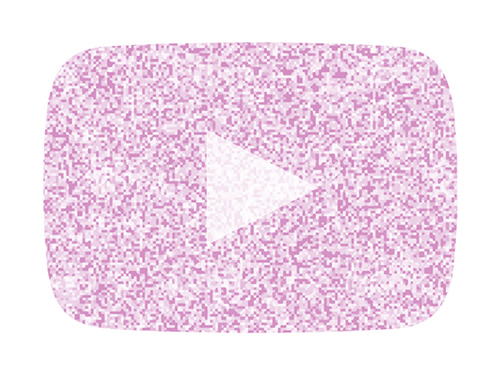What Is "Noise" and Why Should I Care About It?
Most people associate sleep with silence when, in reality, a little noise can do the mind and body some good. There are a multitude of "colors" in the sonic rainbow. It's an intriguing category of sleep audio content to explore.
Pink Noise
Pink noise has a steady mix of high and low frequencies. In contract with white noise, the intensity of pink noise lessens as frequency rise. In essence, pink noise has a kind of sonic ebb and flow.
Frontiers in Human Neuroscience recently completed a study that suggests pink noise may improve sleep quality and quantity. Furthermore, researchers found that older adults may be able to strengthen their memories by listening to pink noise.
Blue Noise
Unlike the aforementioned noises, blue noise is composed of high-frequencies. It’s what gives it a sound closer to a hiss or swish than a hum or drone. It does an excellent job of masking other sounds. However, if you’re sensitive to higher frequencies, blue noise isn't always the best choice. As with pink and white noise, blue also gets its name from the color spectrum.
White Noise
White noise is a uniform sound or hum that helps lessen the contrast between background and "peak" sounds (e.g., dog barking, fireworks, garbage truck beeping in the night). In terms of acoustics, sound engineers can create white noise by combining every frequency.
Because synthetic white noise contains all noise frequencies (roughly 20,000 Hz), it's especially good at masking other sounds.
Red (Brown) Noise
Red/Brown, or "Brownian," noise is named after the botanist, Robert Brown, who discovered Brownian motion (random particle motion). Brown noise decreases as frequencies increase, and vice versa. Brown noise often sounds like a low-pitched roar
Grey Noise
Audio engineers can create gray noise by putting white noise through an equal-loudness curve/contour, which makes every frequency have the same volume.
Running white noise through this process results in "psychoacoustics," wherein people perceive different frequencies as louder or clearer, even though technically, they're all the same volume.
Experience the Full Spectrum with SleepPhones® Headphones
SleepPhones® headphones are perfect for exploring different "colors" of noise. Our soft headbands and high-quality audio ensure a comfortable and immersive experience, helping you fall asleep faster and sleep more soundly.
Time to Get Noisy!
Toss on your SleepPhones® headband, choose your favorite noise track/video below, put it on repeat, and head to bed. Or put them all on your playlist and see what works for you. They’re original noise tracks/videos made by us just for you.
If you’re looking to learn more about sleep noises, please visit our page, "A Spectrum of Sound for Better Sleep."





